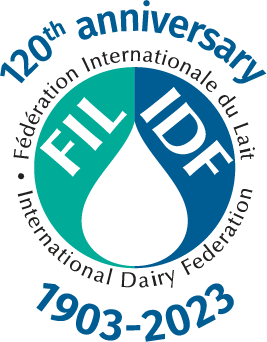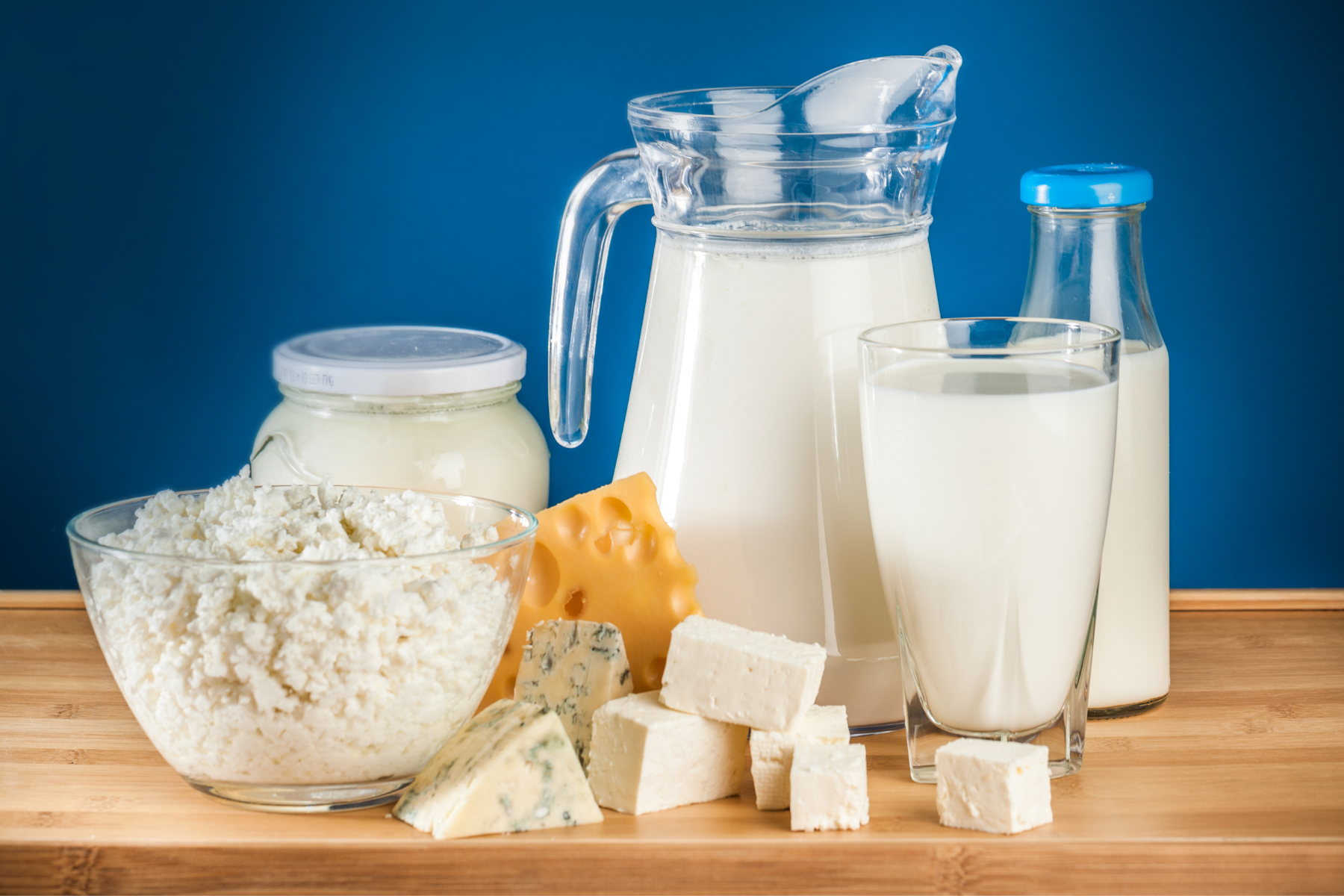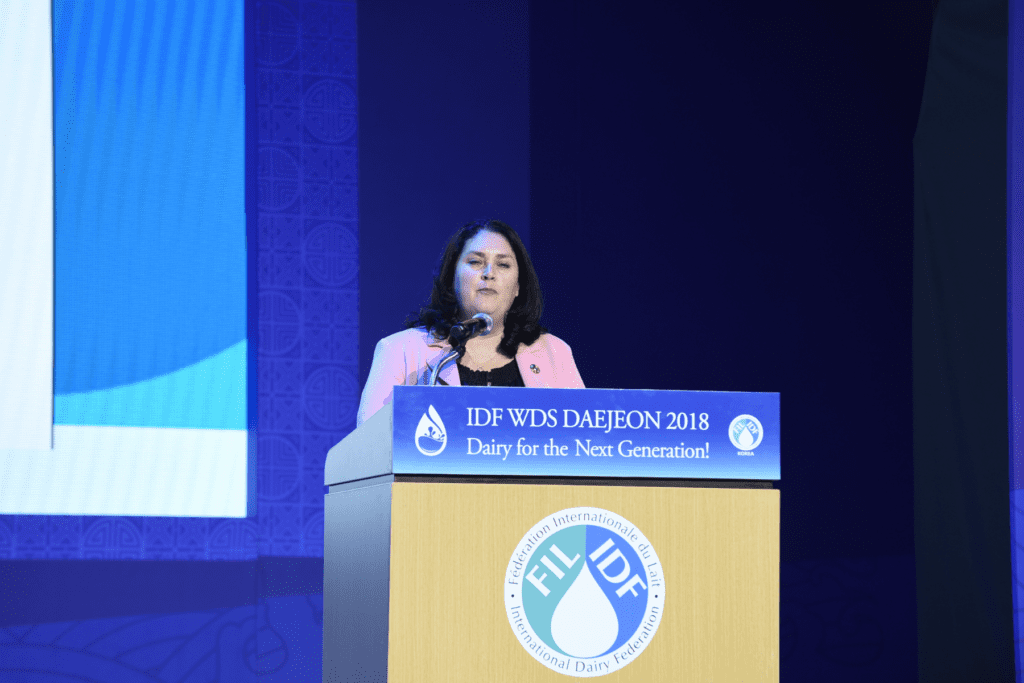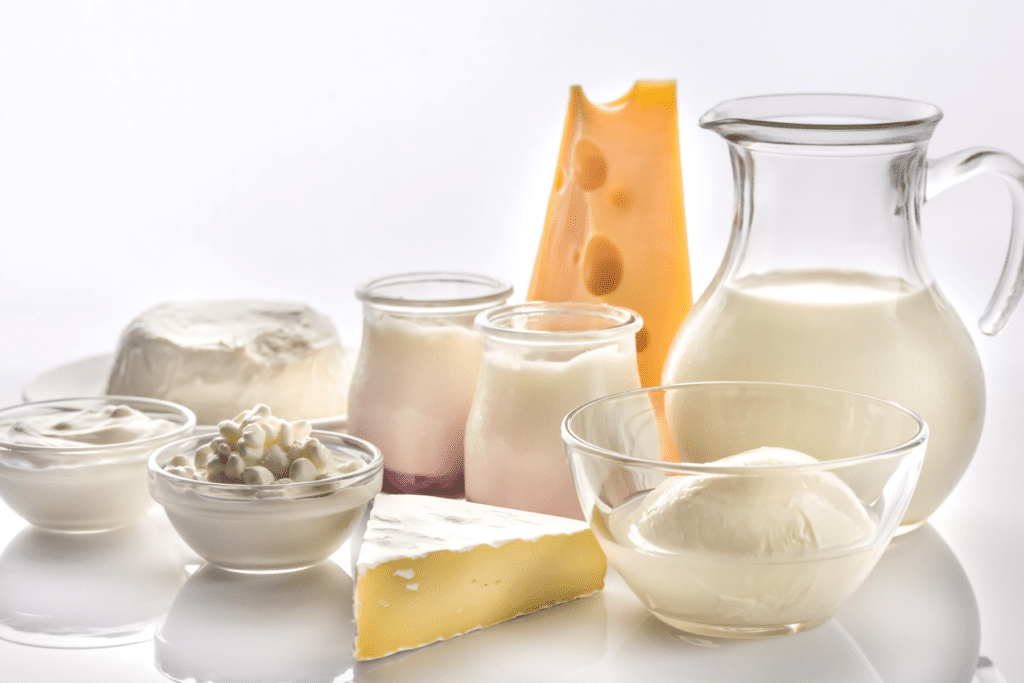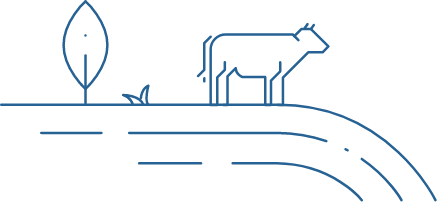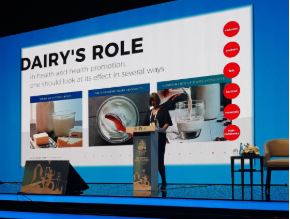

“Considering current research, it is impossible to ignore the important role of dairy in a nutritious diet.” Maretha Vermaak, Registered Dietitian – Consumer Education Project of Milk SA
While the world’s poorest nations face the devastating consequences of hunger and undernutrition, many parts of the world are facing a double burden of disease where both, overweight and obesity and undernutrition occur in the same country, the same communities and even in the same household. According to the Global Burden of Disease study, consumption of nearly all healthy food groups, including milk and dairy, were suboptimal in 2017.
Pressing need to counter inaccurate anti-dairy messaging
“We have the first generation of young adults who have been the constant target of anti-dairy messages. We need to engage and inform the next generation to keep minds open to dairy.” Professor Paul Kindstedt, Dept of Nutrition and Food Sciences, University of Vermont
The potential of dairy to nourish the world is monumental and irreplaceable. However, anti-dairy sentiment is growing rapidly in many of the most dairy productive regions of the developed world. Threats to dairy which reverberate pervasively across social media platforms include emotionally charged and inaccurate messaging designed to convince global populations that dairying is based on exploitation of dairy animals and is a primary cause of climate change, soil degradation and water pollution. This misinformation and its effect of steering people away from dairy has the potential to have significant impacts on global consumer health, especially in vulnerable populations:
“Even in developed countries, people do not get enough protein. We noted a clear relationship between an increase in dairy protein intake and improved health in seniors” Margrethe Jonkman, Corporate Director Research and Development
Communicating the facts based on 10,000 years of history
At the World Dairy Summit 2019, much focus was given on the need to communicate the significant nutritional and societal benefits of dairy. In terms of nutrition alone, considering recent research evidence, it is not possible to ignore the nutritional importance of dairy products within the context of a balanced diet. The key role dairy plays in helping to reduce NCD, cannot be denied.
“We have 10,000 years of synergies between dairy animals & communities. Cheese history may offer a platform from which to educate the public about climate change and dairy sustainability” Professor Paul Kindstedt
The co-evolution of culture and dairying that gave rise to the remarkable diversity of traditional dairy products today, and the many regions of the world where traditional dairying is still practiced, provide powerful hooks to engage youth who are sceptical of dairy, via the issues that matter most to them.
Communicating the significant health benefits of dairy
“Food is more than the sum of its parts. In the Dairy Matrix, different structures and textures of dairy products have an impact on how nutrients are absorbed in the body. We must communicate the positive impacts of the dairy matrix on health.” Laurent Damiens, CNIEL
Educational messaging based on sound science must be a priority for the sector, including better communication of the contribution of the dairy matrix to nutrient absorption and how a greater understanding of this process could pave the way to developing dairy products that improve the nutritional status of vulnerable populations.
